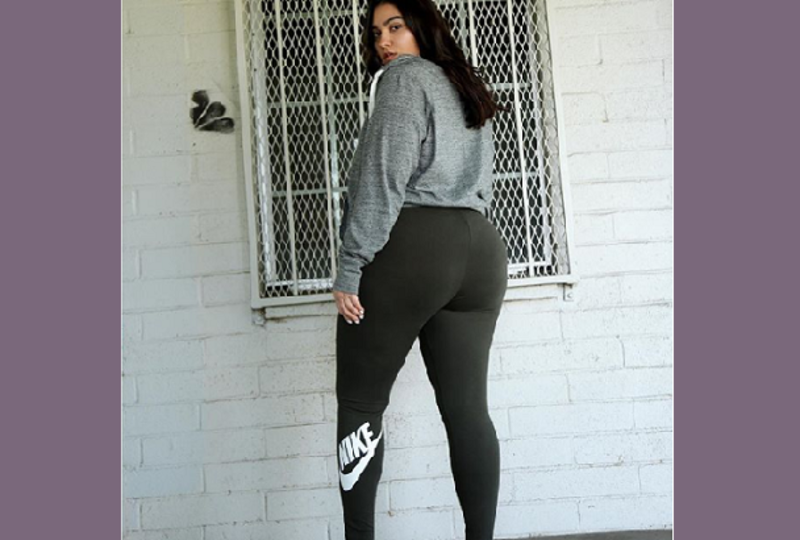Celebrity Models Redefine What it Means to Be Beautiful
Ashley Graham: Her mission is to reshape the fashion industry's idea of "beauty"
Ashley Graham rose to fame as a plus-sized model driven by a personal desire to reduce body-image insecurity among modern women. Graham is an accomplished, well-known public figure and was the 10th highest-earning model in the world in 2017, a remarkable achievement for any model. Her mission in life is to reshape the fashion industry’s perception of beauty and challenge the notion that size is the ultimate measure of beauty.
Graham’s recent campaign for designer Rag & Bones’ edgy DIY Project showcases her voluptuous figure. For this project, Graham was given creative control to interpret the brand in her own way. The result was a series of Polaroids that celebrate Graham’s body in an innovative, yet accessible, manner. The avant-garde photos are trendy and cutting-edge, but still relatable for the average woman. Graham has stated that when she models, she always considers how other women will want to look and feel in the clothing she is wearing.
She always emphasizes the importance of stocking inclusive sizes for high-end brands. As Graham suggests, there is a demand for luxurious clothing in all sizes, and designer brands have a responsibility to meet that demand. Regrettably, in many cases, plus-sized women who are willing to spend money on quality, high-end clothes simply don’t have the opportunity to do so. Often, these clothes simply aren’t available in larger sizes. Some luxury brands deliberately choose to restrict their sizes, based on the misguided and offensive notion that offering a wider selection of sizes would diminish the brand’s exclusivity and prestige. Graham is a source of inspiration for many women.
Graham is committed to being open, honest, and authentic in social-media communication. She recognizes the fact that many women have endured similar struggles and experiences with body image. She hopes that, by expressing herself, she can inspire other women to come together and engage in meaningful conversations about acceptance and empowerment.
She recalls that, when she was growing up, she didn’t have any role models that she could relate to. As a model, she hopes other women can relate to her as a source of positivity and motivation. Graham is committed to promoting diversity and inclusivity in the fashion industry. She is continuing to expand her empire with public speaking events, a talk show, a book, and a clothing line.
Source: Instagram






